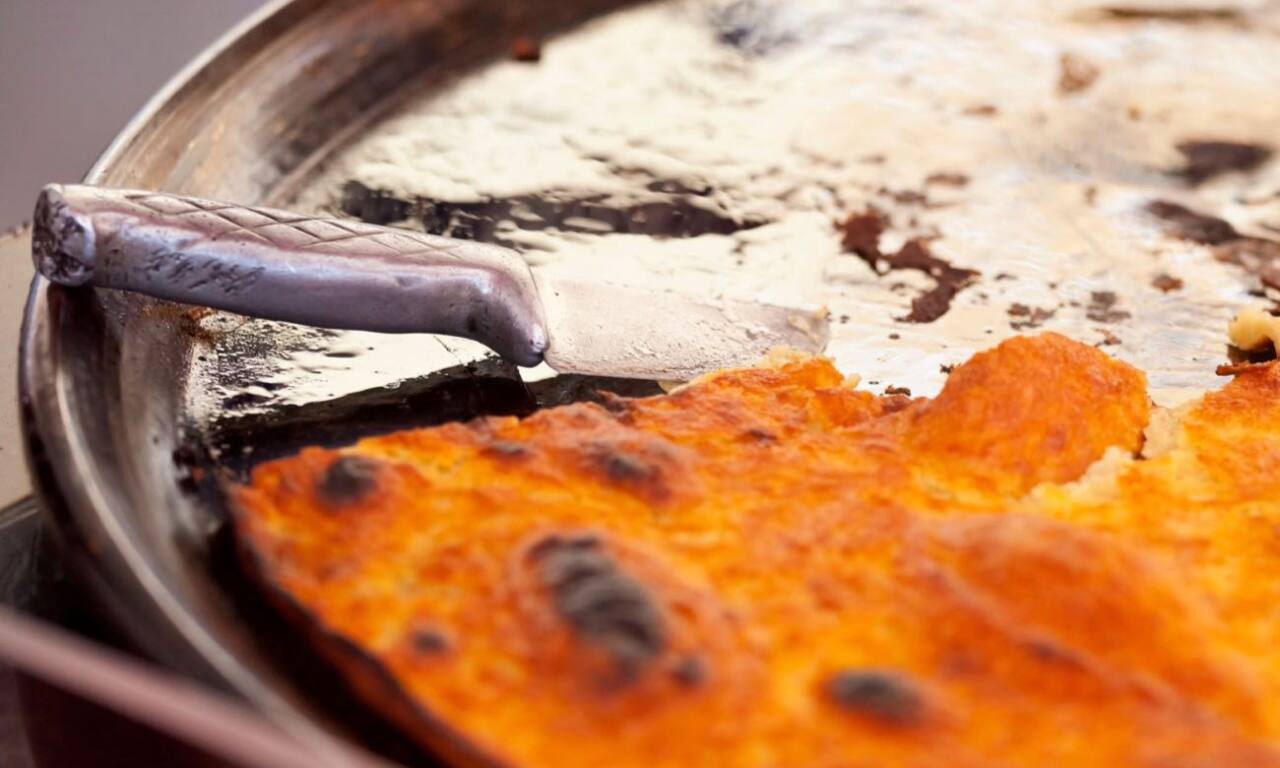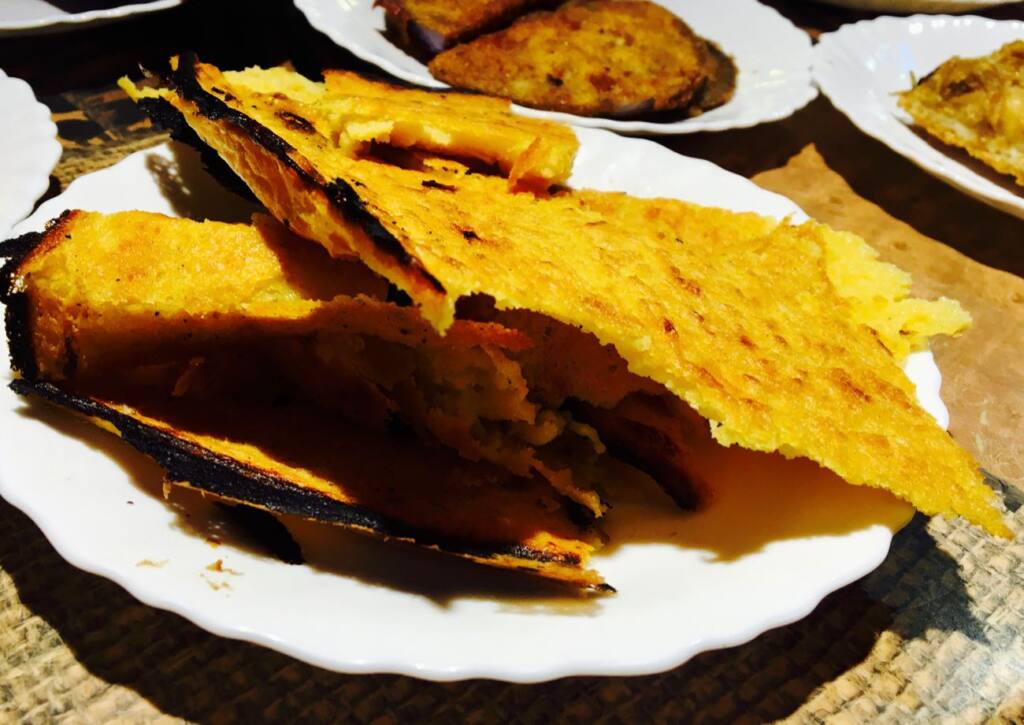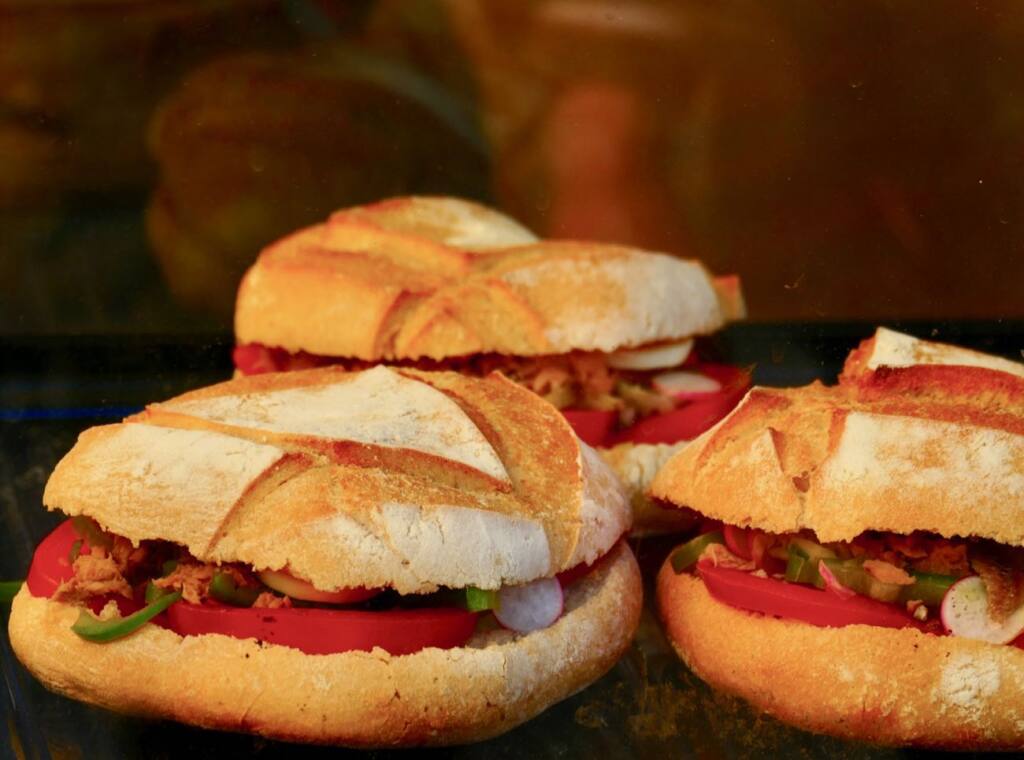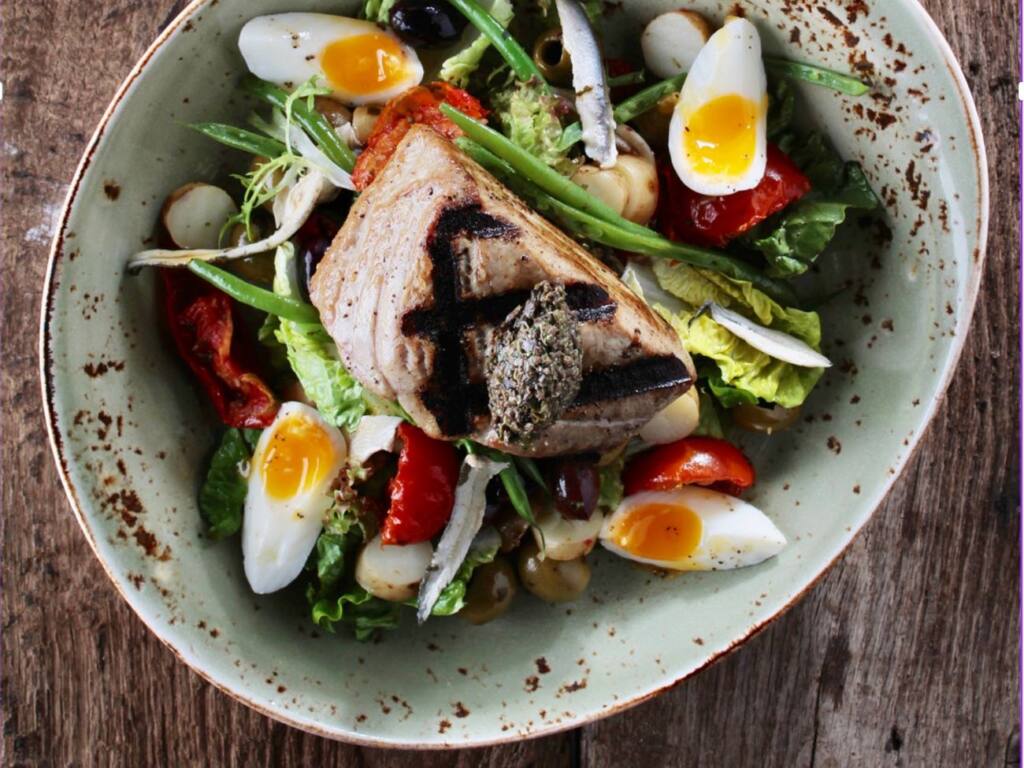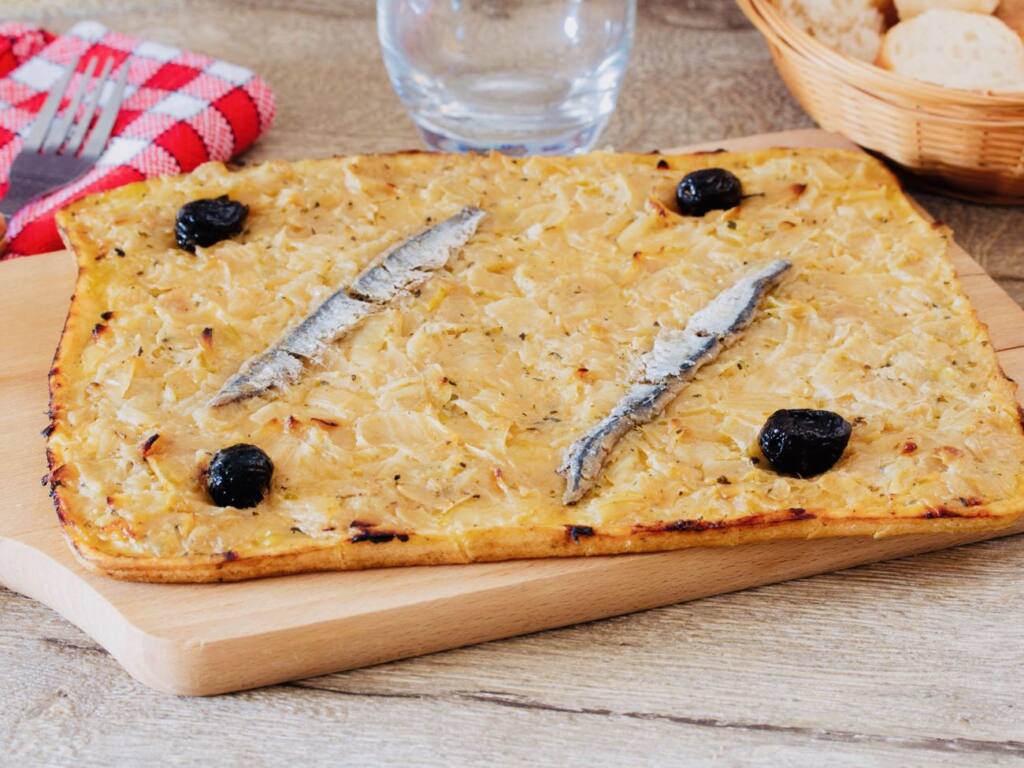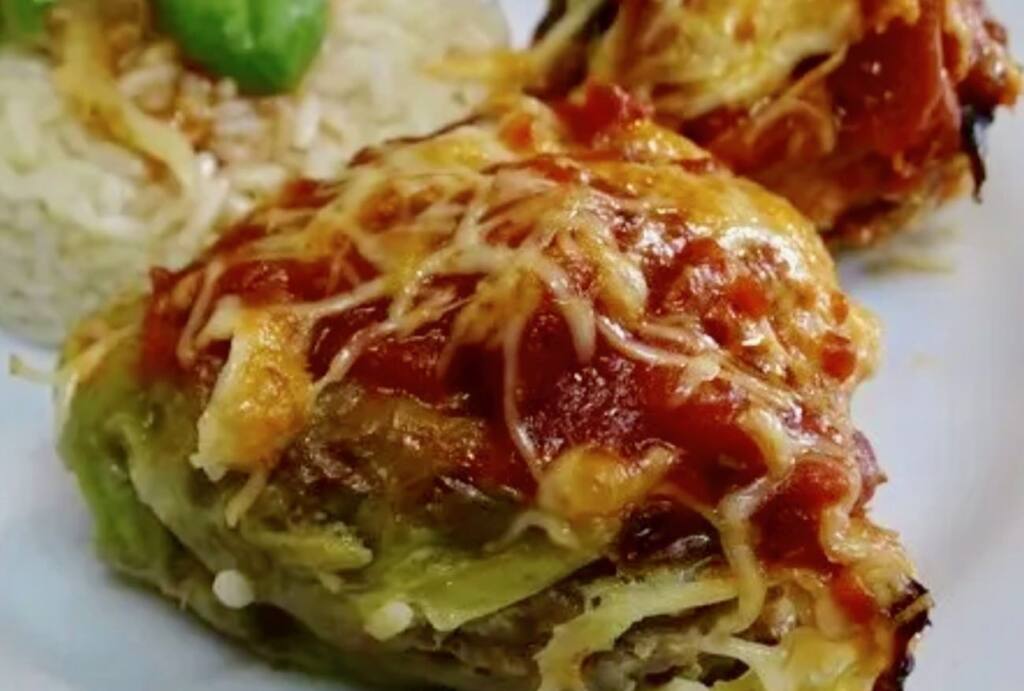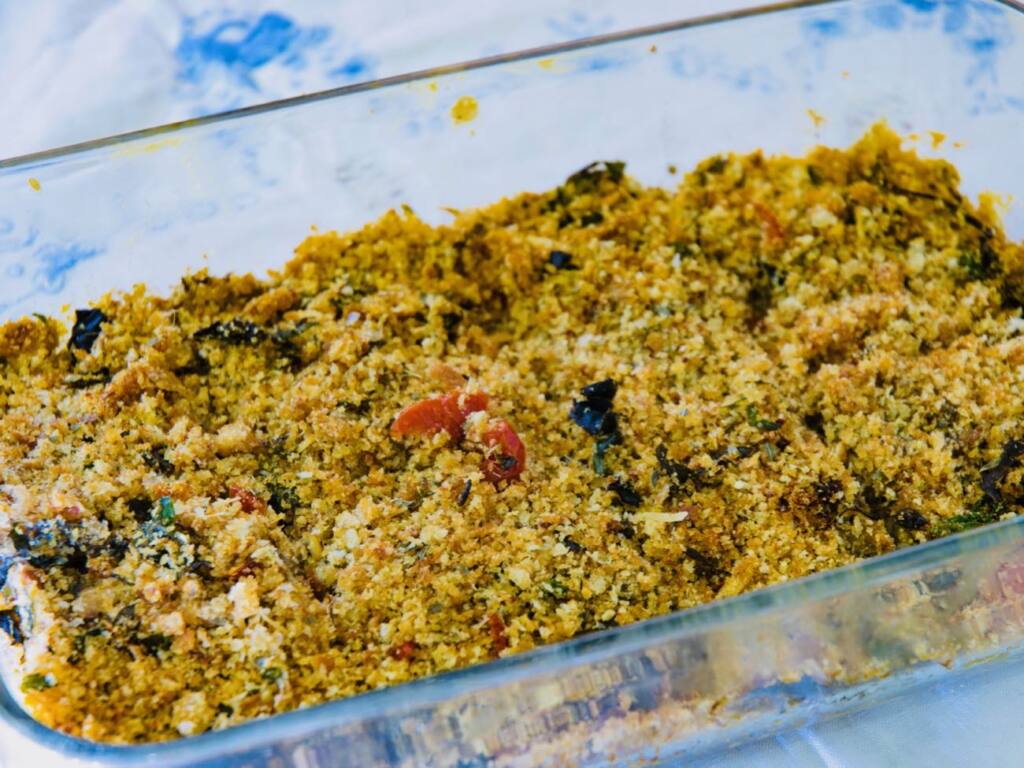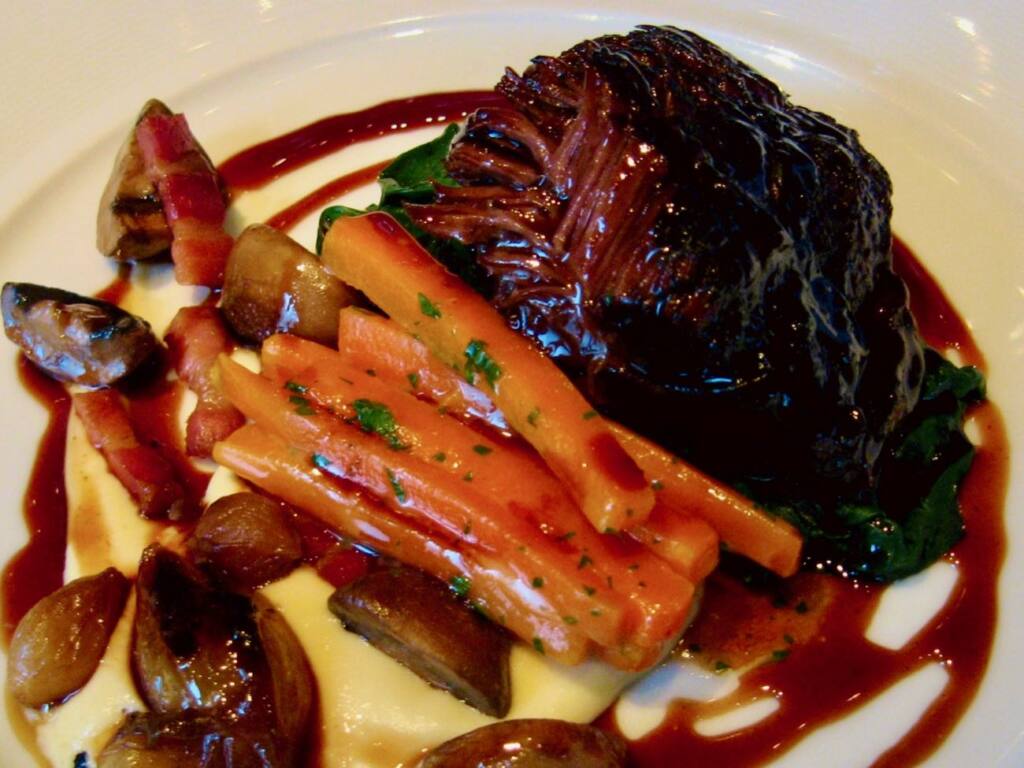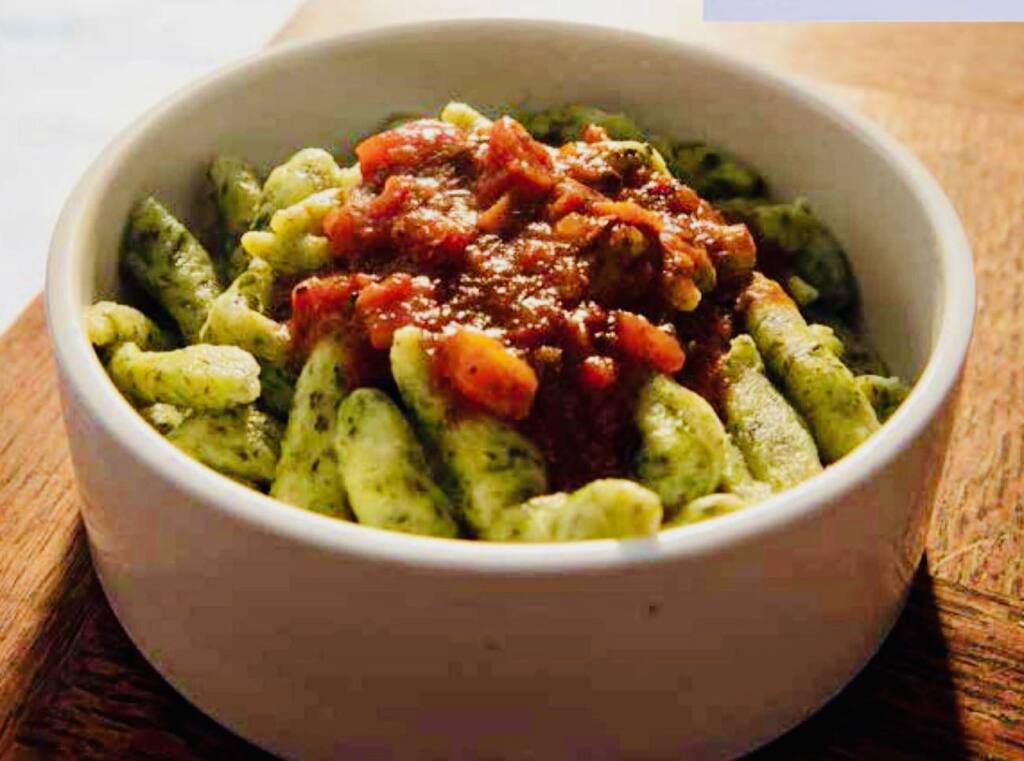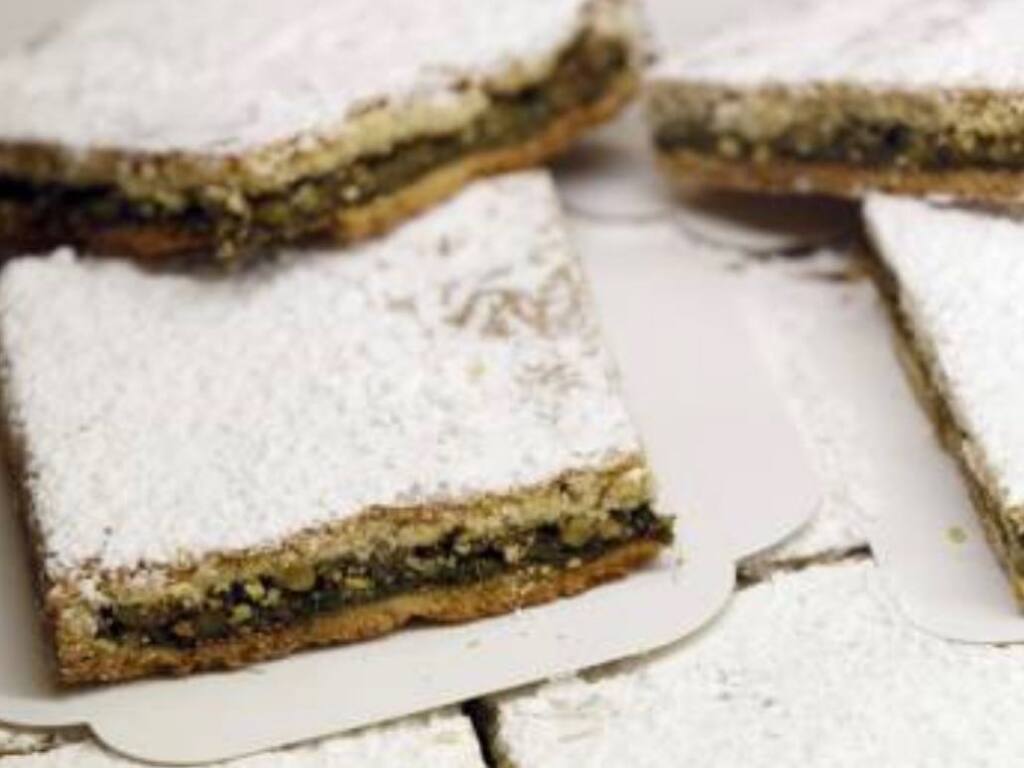A true stooge of the Côte d'Azur, the tasty and sunny cuisine of Nice was born from a fusion of several gastronomic traditions; mainly Italian and Provençal. Let yourself be guided for an overview of the culinary practices recognised by the French Ministry of Culture and included in the inventory of intangible heritage in 2019. We have selected the best places for you to discover the real recipes of Nissa La Bella.
La Socca
A large and thin pancake made with chickpea flour, cooked on a round copper plate in a wood-fired oven, the socca is eaten very hot and well peppered. The specificity of this speciality from Nice stems in part from the political and geographical isolation of the County of Nice for several centuries. It is difficult to retrace the exact history of socca, but the Italians have been preparing an almost identical pancake called farinata since the Middle Ages, which the people of Nice have likely drawn inspiration from. And then in the 19th century, the Genoese carpenters who worked in the shipyards of Nice and Toulon brought this crunchy specialty with them. The popularisation of the dish in Nice was made in the 1900s in particular thanks to a street vendor, the famous Thérésa, whose stand still exists.
So as an aperitif or while strolling through the streets of Nice, we do not hesitate to burn our fingers – because it is eaten as quickly as possible – with this delicious speciality.
The unmissable addresses: Chez Thérésa, Chez Pipo, René Socca. Also try les Socca Chips and la bière aux pois chiches at La Brasserie Artisanale de Nice.
Le Pan Bagnat
let’s be serious, this Nice sandwich has only one recipe and should only be eaten on sunny days. Indeed, this “wet bread” (pane bagnato) made up of raw seasonable vegetables: radishes, minced spring onions, fava beans, very ripe tomatoes, peppered artichokes (optional). Hard-boiled egg, tuna crumbs, anchovies, black olives from Nice and round-shaped bread, – although possibly in a baguette. Prepared with basil but no salad, no mozzarella, and never ever mayonnaise!
Some addresses: Kiosque Tintin, Lou Balico
La Salade niçoise
As for the pan bagnat, we respect the recipe. Exit rice, potato or green beans. Salad with the same ingredients as those of the famous pan bagnat, we add mesclun and celery. Fresh and tasty, it is a complete dish.
Two good addresses: Le comptoir de Nicole, Lou Pantail
La Pissaladière
The history of the pissaladière is linked to that of pissalat, a puree of salted fish. The first written traces of the pissaladière date from the 19th century under the name of pissalat à la niçoise. Today, it consists of bread dough, caramelised onions in olive oil, anchovies and black olives.
Some adresses: Maison Agnoletti, Lou Pelandroun
Les Petits farcis et le capoun
These small stuffed vegetables were born from the art of mixing leftover meat with garden vegetables that grow in abundance in home vegetable gardens. Tomatoes, zucchini, onions, eggplant and peppers are filled with a bread crumb, egg and parmesan filling. The meats vary: veal, beef, smoked brisket, and ham but – say the purists – no sausage meat and no rice.
Another vegetable stuffed with meat but this time with rice: the capoun made of cabbage leaves and which is eaten in winter.
A good address: Chez Davia
Les Sardines farcies
The gastronomy of Nice has few fish dishes. By the sea, Nice had to protect itself from the invaders who attacked by this route and the people were not really fisherman. There is the famous estocaficada (cod that came from Scandinavia), the octopus à la niçoise, poutine that we like to eat in an omelet and stuffed sardines. Their particularity; their stuffing is with chard, this emblematic vegetable of Nice and the region.
Where can you taste them? La Merenda
La Daube niçoise
A variant of Provençal stew, Niçoise stew owes its difference above all to the porcini mushrooms and orange zest incorporated into it. For a perfect food/wine pairing, consider an excellent red from the Château de Bellet estate in Nice.
An address fro a traditional daube: Lou Papet
Les Merda de can
A surprising – and unsavory name – for this specialty of green gnocchi from Nice but these “dog droppings” are very popular. They are made with potatoes and chard, this vegetable that is so easy to grow (it grows all year round) and which has caused the mockery of the Provençals towards the people of Nice who are known as “chard eaters”.
Take away from: Maison Barale
La Tourte sucrée aux blettes
Again and again, here comes the chard. It can also be added to an omelet called trouchia and cooked in a savory or sweet pie. There are few desserts in Nice but this specialty with pine nuts, raisins and covered with icing sugar is a surprising must-try.
Where can you buy them? Maison Jean-Marc Bordonnat
By Anne Emellina


